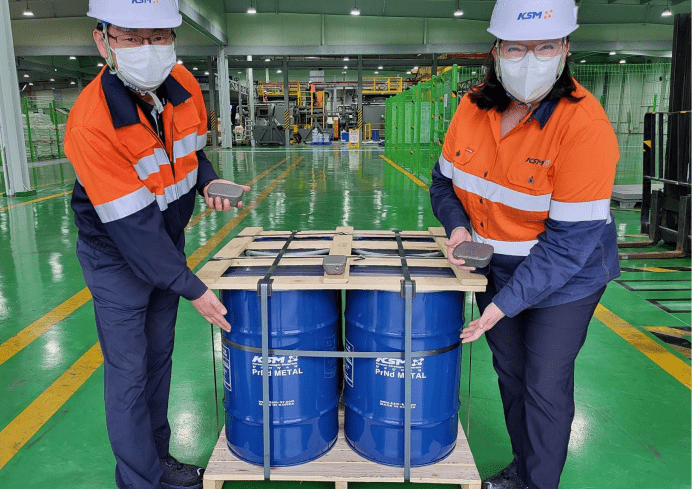In Australia, Canada, Chile, China, Mexico, Russia and Vietnam, mining production of critical minerals is expected to increase in a Carbon Neutral (CN) scenario.
This would occur due to higher levels of demand for batteries and other low-carbon technologies, according to an analysis released by the Asia Pacific Economic Cooperation (APEC) forum.
Also, this higher level of mining production requires additional energy consumption.
For some economies, such as Australia and China, the decline in coal production (accounted for in own-use consumption) offsets the increase in mining of critical minerals (captured in industry).
To note: The NC scenario outlines a potential pathway in which energy efficiency, fuel switching and technological advancement lead to a significant reduction in CO2 emissions from fossil fuel combustion through 2050.
Most industrial sub-sectors across APEC are also projected to record increasing levels of output, with the notable exceptions of the steel and cement sectors in China.
In Carbon Neutrality scenario, higher levels of energy efficiency improvements are assumed to be supported by economy-wide policy interventions.
So these policy interventions will support the economics of the most energy efficient technologies in all industrial sub-sectors.
Critical minerals
China accounts for 54% of industrial energy use in 2018, with this large share of energy use due to significant property and infrastructure construction in recent decades, and China’s rise as the dominant global manufacturing source.
As China transforms into a more service-based economy, its share of industrial energy use moderates to 43% in both scenarios through 2050.
Moreover, according to the same analysis, a particularly large decline is projected in China’s steel and cement subsectors through 2050.
In contrast to China, Southeast Asia’s industrial energy use more than doubles, with its share of industrial energy use in APEC increasing from 8% in 2018 to 17% in 2050.
For the same period, Southeast Asia’s GDP triples, highlighting that industrial energy use increases at a slower rate than the output of all economies.
![]()

